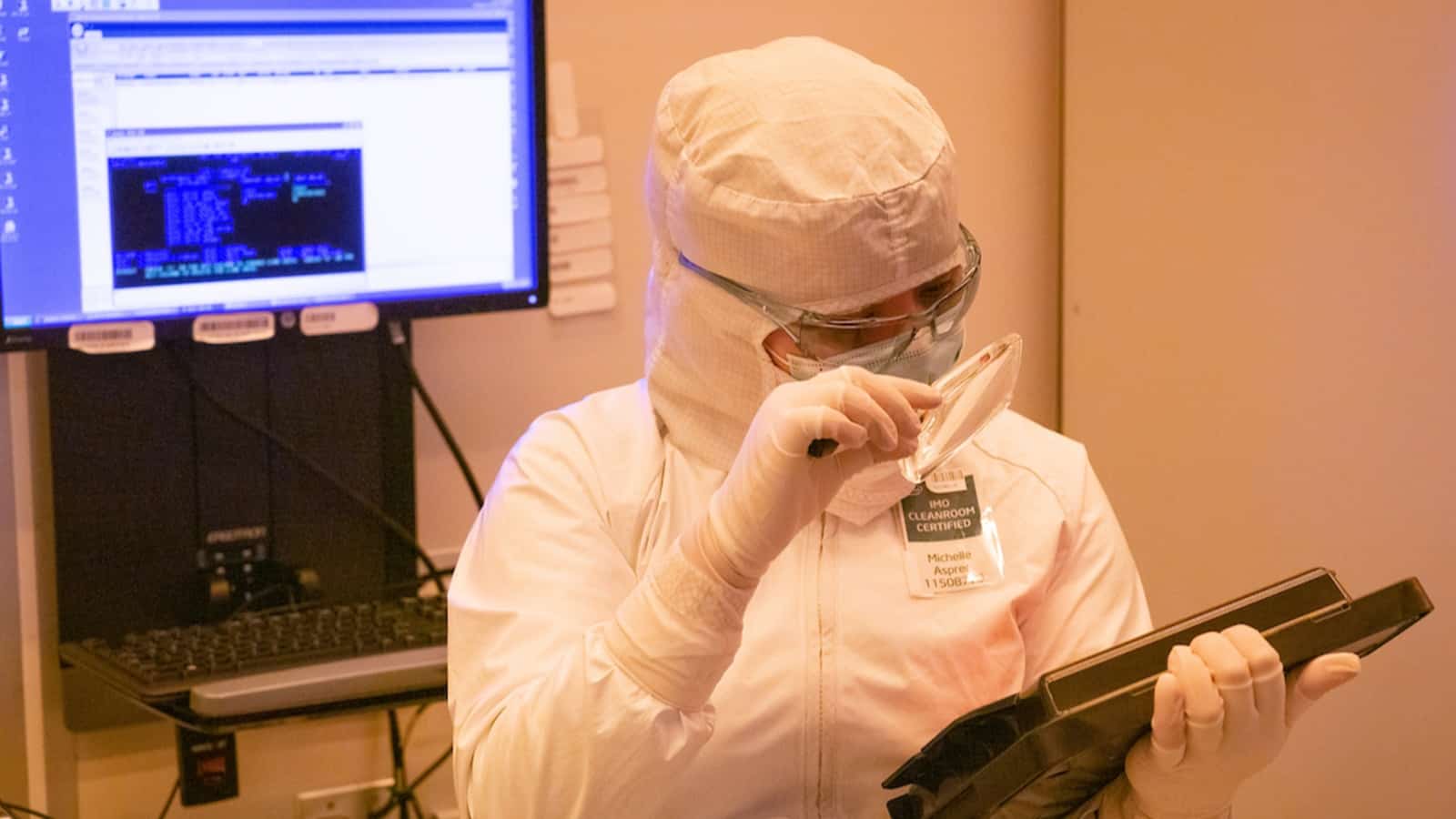Global Semiconductor Shortage Leads to Backordered Gifts

A shortage of semiconductors continues to roil manufacturers across the country. NAM Vice President of Infrastructure, Innovation and Human Resources Policy Robyn Boerstling joined us to discuss what’s going on, why it matters and what the NAM is doing to help.
What semiconductors are: Semiconductors are critical components for all types of manufactured products. Essentially, they serve as the “brains” of medical devices and electronic devices from automobiles to home appliances to personal electronics. A shortage in semiconductors creates ripples across the manufacturing industry.
What we’re seeing: Christmas is around the corner, and American consumers are discovering that some backordered products may have delivery dates up to a year away. But the chip shortage also has longer-term implications. As more technologies become essential to daily life and Manufacturing 4.0 advances in the industry, a reliable supply of semiconductors will be more important than ever. Manufacturers will need steady, secure supply chains in order to guarantee smooth production.
What we can do: For now, there’s only so much policymakers can do to speed up production. Most semiconductors are manufactured in Asia, and deliveries are being hindered by everything from COVID-19 impacts to natural disasters. According to Boerstling, the eventual goal should be to create a robust semiconductor industry in the United States so that U.S. manufacturers are less reliant on foreign supply chains.
- “This is a global crisis,” said Boerstling. “We need to be thinking about how to build resiliency in the supply chain. COVID has taught everyone the importance of manufacturing domestically and ensuring that we have the supplies we need to make products in the United States. That will require rebuilding our semiconductor manufacturing capacity through a combination of grants and incentives to make sure it’s competitive globally.”
Congress’s chance: Legislation to buttress the U.S. semiconductor industry has made it to both the House and the Senate, but differing bills have left Congress with a mismatch. The House passed a bipartisan CHIPS Act in an authorization last year, but it lacked funding. Meanwhile, the Senate passed funding through the United States Innovation and Competition Act of 2021, but the legislation hasn’t been taken up in the House. Action is urgently needed, and Congress has the tools to move forward. Now, they need to act.
NAM’s role: The NAM is deeply engaged in conversations with lawmakers in the House and Senate to help shape a way forward that supports manufacturers and delivers the help American consumers need.
- “The NAM is working with people in Congress and with manufacturers across the country to make sure lawmakers understand how important this is,” said Boerstling. “We’re looking forward to the House and Senate coming to an agreement.”
